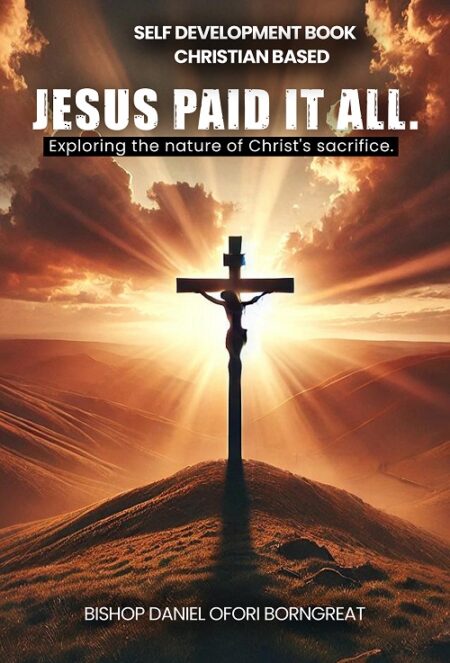Understanding Creativity: Unlocking the Power of Innovation
Creativity is a vital skill that helps us express ourselves, solve problems, and grow as individuals. Let’s explore what creativity is, how it works, and why it’s essential for personal and professional development.
1. What is Creativity, and Why is it Important?
Creativity is the ability to think outside the box, generate new ideas, and approach challenges in innovative ways. It’s not limited to artists or musicians—everyone can be creative in their unique way, whether it’s solving a math problem, cooking, or finding better ways to organize your day. Creativity fuels innovation, making it essential for progress in all areas of life.
Example: Steve Jobs once said, “Creativity is just connecting things.” This mindset helped him revolutionize technology by combining simplicity with functionality.
2. The Science of Creativity: How the Brain Generates Ideas
Creativity stems from the brain’s ability to connect unrelated ideas. The prefrontal cortex (responsible for decision-making) and the default mode network (active during daydreaming) play critical roles. These parts of the brain work together when you brainstorm or imagine possibilities.
What You Can Do:
• Engage in activities like journaling or brainstorming to let your mind wander.
• Allow yourself breaks during work—many great ideas come when you’re relaxed.
3. The Role of Curiosity in Sparking Creativity
Curiosity is the foundation of creativity. Asking “Why?” or “What if?” opens doors to new ideas and possibilities. When you explore the world with curiosity, you’re more likely to discover unique solutions and perspectives.
Example: Albert Einstein credited his success to curiosity: “I have no special talents. I am only passionately curious.”
What You Can Do:
• Ask questions and research topics that intrigue you.
• Try new activities or learn skills outside your comfort zone.
4. How Creativity Enhances Problem-Solving Skills
Creativity allows you to view problems from multiple angles, helping you find innovative solutions. It involves thinking critically and experimenting with different approaches until you find what works.
Example: A teacher might use storytelling or games to make a challenging subject more engaging for students.
What You Can Do:
• Practice brainstorming by listing multiple solutions to a single problem.
• Collaborate with others to gain fresh perspectives.
5. The Connection Between Creativity and Personal Growth
Creativity fosters self-expression, boosts confidence, and encourages adaptability. It’s a powerful tool for overcoming challenges and discovering your potential. Engaging in creative pursuits can also improve mental health, as it provides an outlet for emotions and stress.
Example: A person dealing with anxiety might use painting or journaling to process their emotions, finding both relief and personal insight.
What You Can Do:
• Dedicate time to a creative hobby, like writing, drawing, or gardening.
• Celebrate your creative efforts, no matter how small, to build confidence.
Final Thoughts
Creativity is not just a skill—it’s a mindset that enhances every aspect of life. By staying curious, experimenting with ideas, and embracing creativity, you can improve problem-solving skills, grow as a person, and contribute to innovation in your personal and professional life. Unlock your creative potential today!
-

Jesus Paid It All: Exploring The Nature of Christ’s Sacrifice
0Price range: ₵200.00 through ₵250.00In Jesus Paid It All, Daniel explores the profound and priceless sacrifice of Christ, presenting it as the ultimate model of selflessness and compassion.


